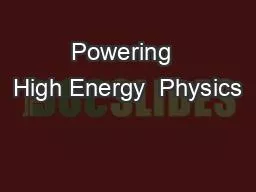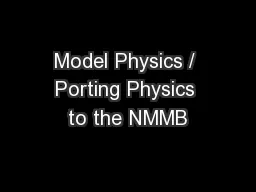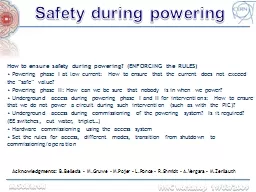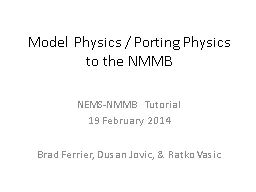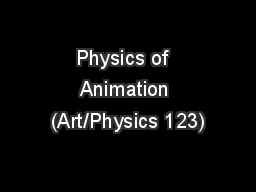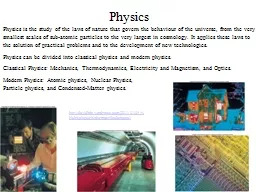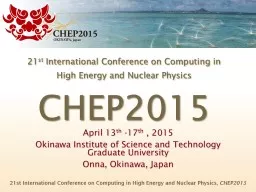PPT-Powering High Energy Physics
Author : bikerssurebig | Published Date : 2020-08-06
Greek Teachers Programme 2017 Konstantinos Papastergiou Technology Department CERN European Organisation for Nuclear Research τ ο CERN στα μάτια
Presentation Embed Code
Download Presentation
Download Presentation The PPT/PDF document "Powering High Energy Physics" is the property of its rightful owner. Permission is granted to download and print the materials on this website for personal, non-commercial use only, and to display it on your personal computer provided you do not modify the materials and that you retain all copyright notices contained in the materials. By downloading content from our website, you accept the terms of this agreement.
Powering High Energy Physics: Transcript
Download Rules Of Document
"Powering High Energy Physics"The content belongs to its owner. You may download and print it for personal use, without modification, and keep all copyright notices. By downloading, you agree to these terms.
Related Documents

